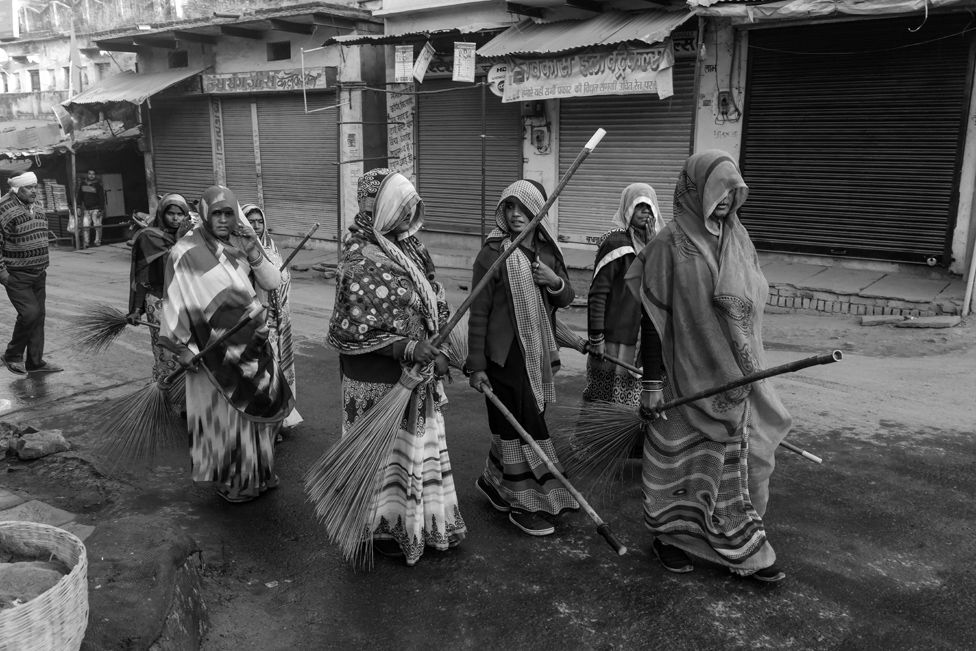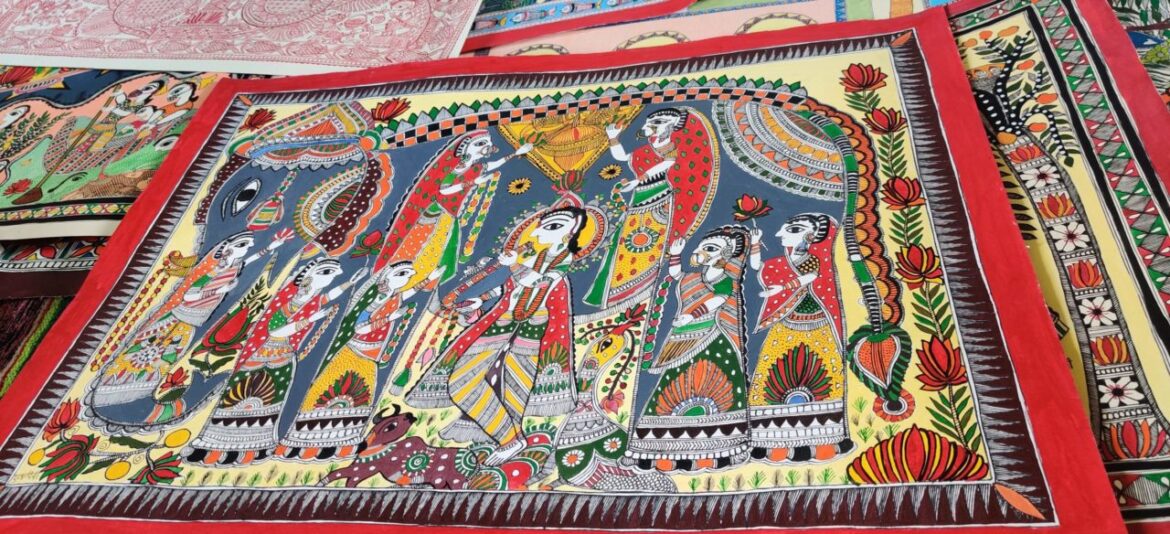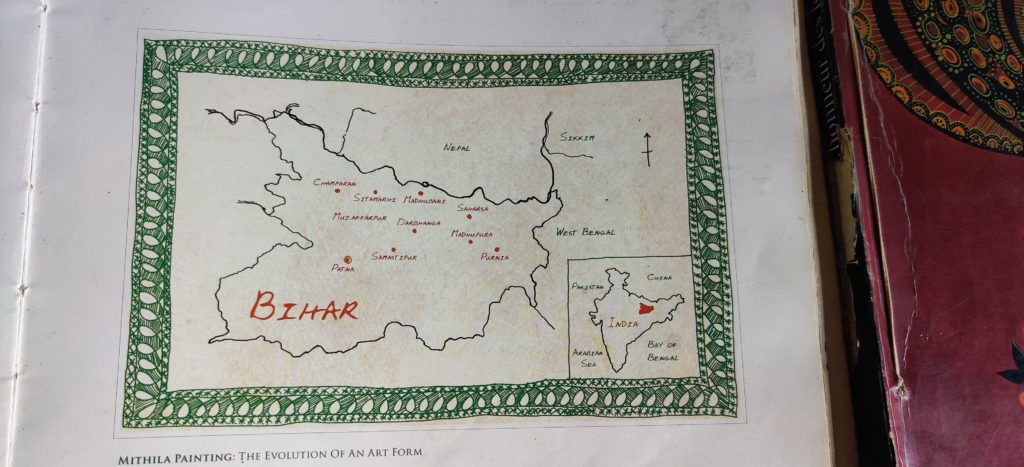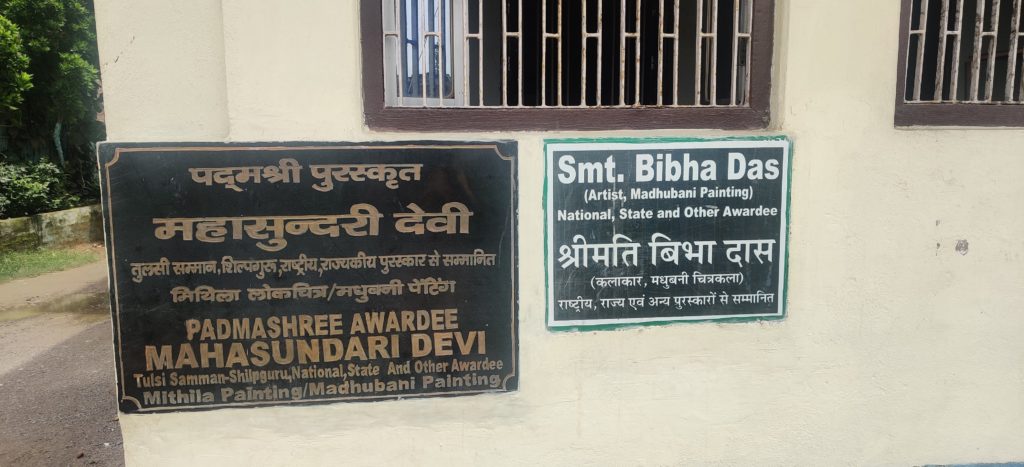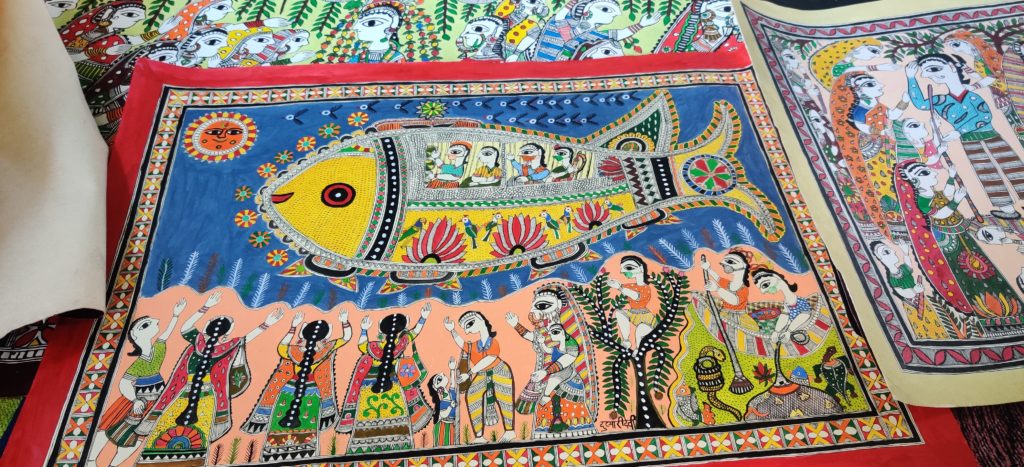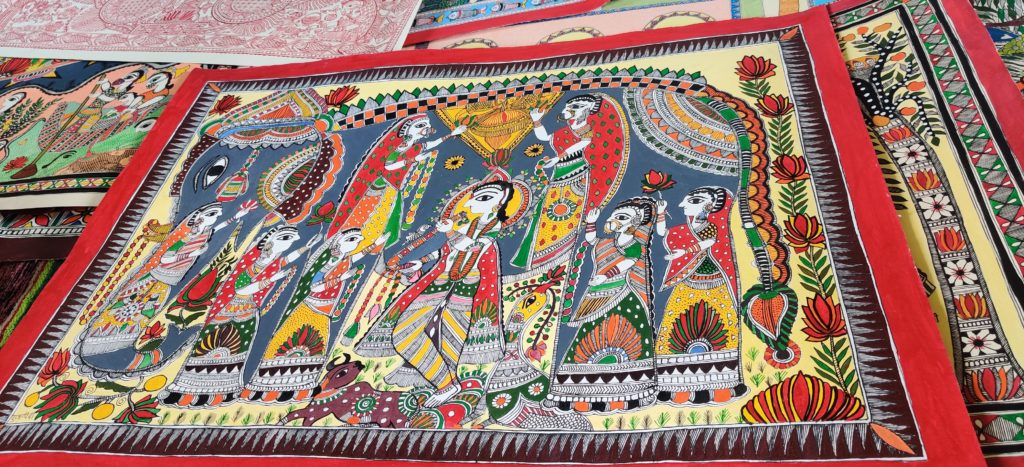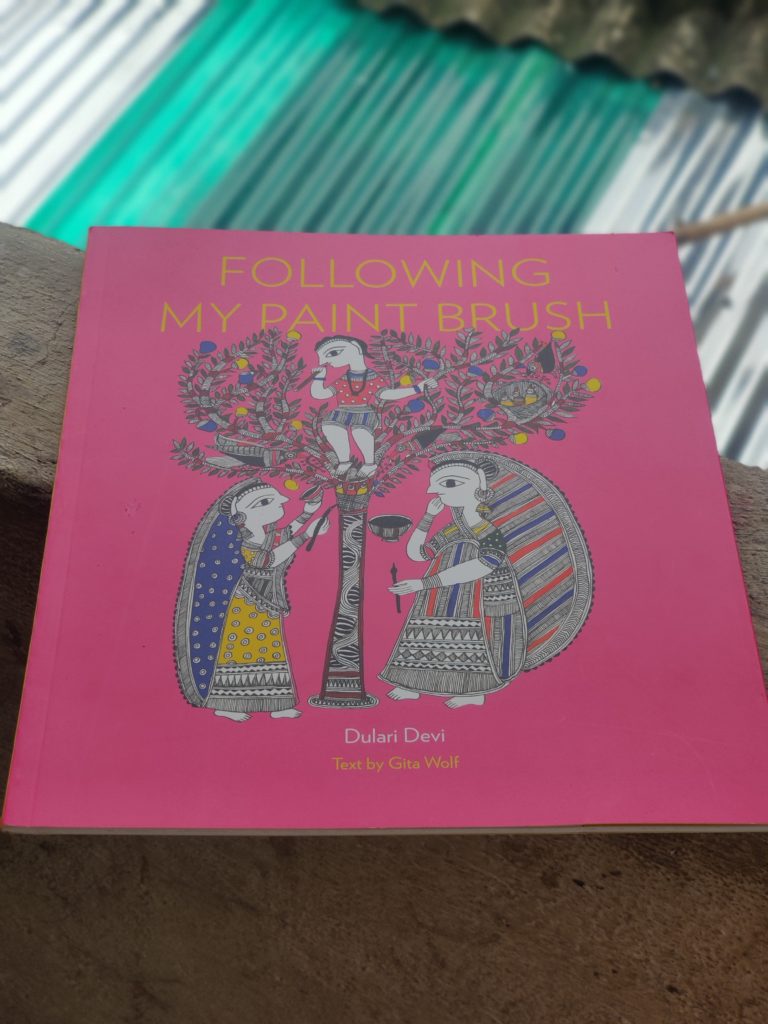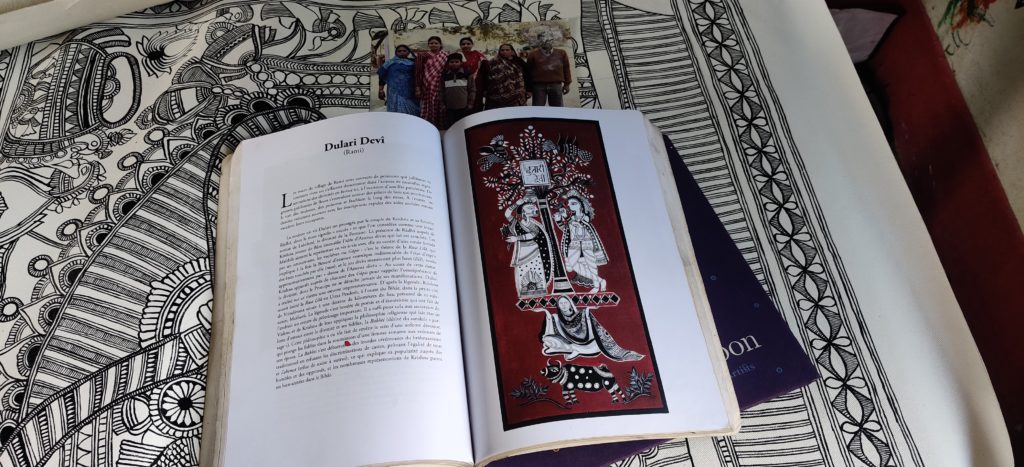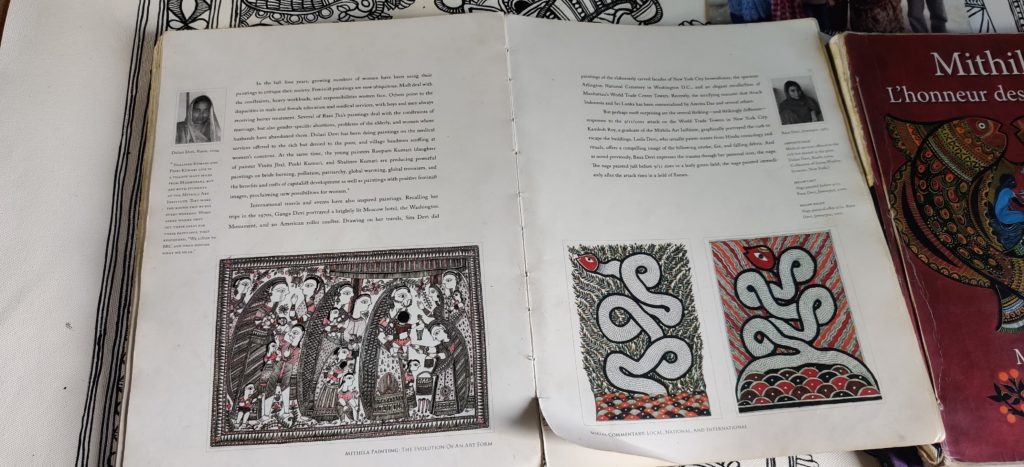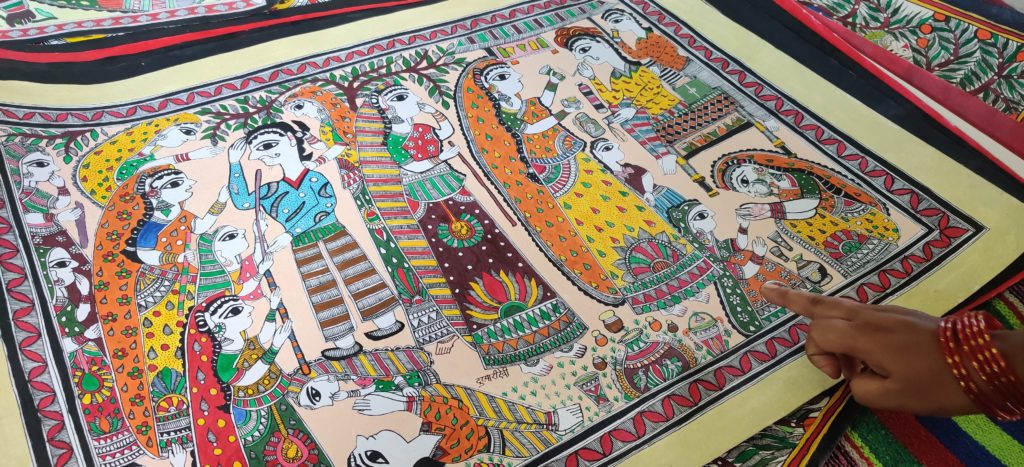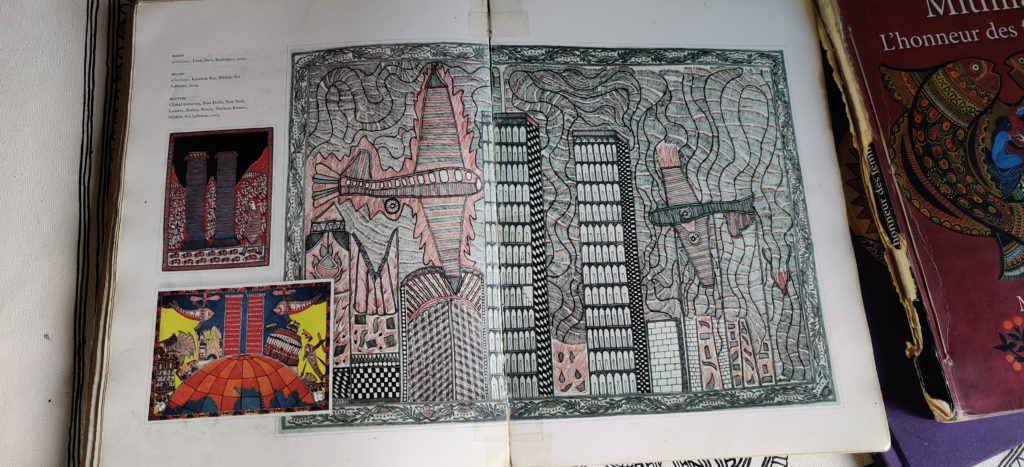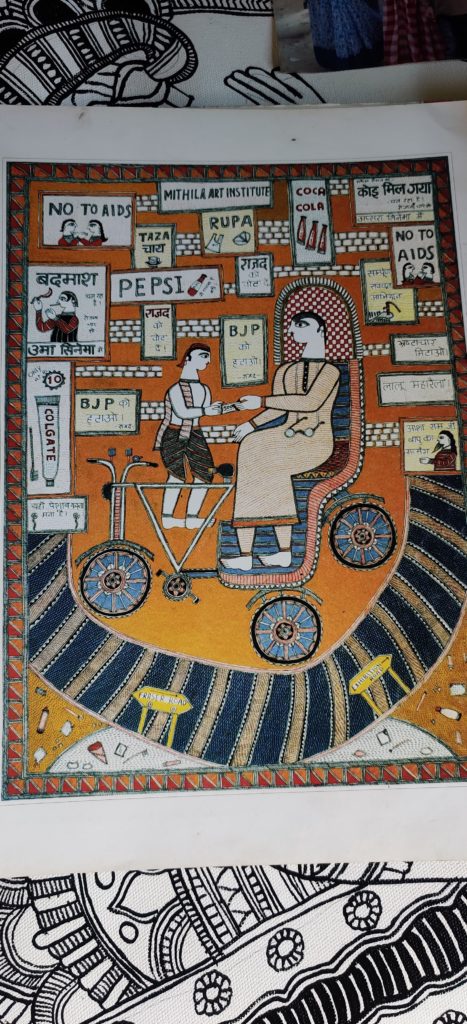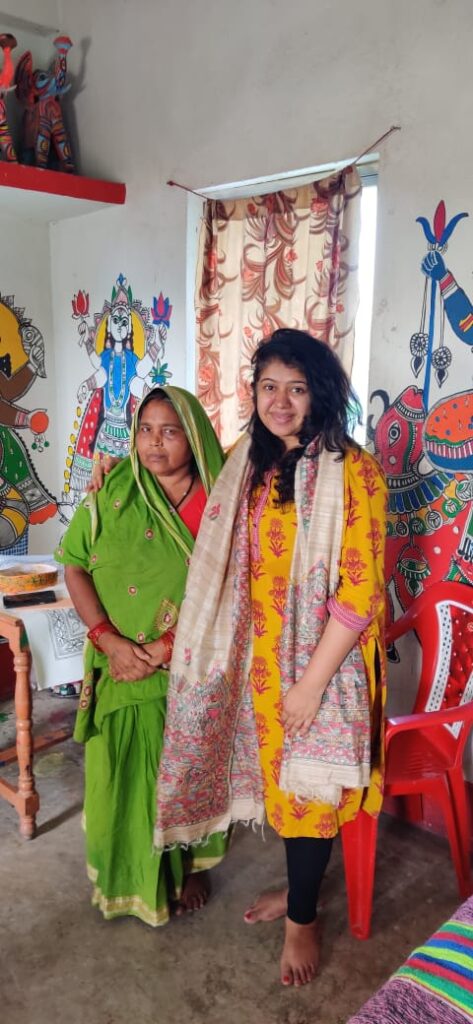Kishore Jha
On 27th September, 2021 a young woman named Ankita, from Delhi, tweeted to the Minister of Women and Child Welfare Mrs. Smriti Irani to seek her help.
Her tweets read, “@smriirani Ma’am, my in-laws are not giving me access to my two year child for three months now. I have followed all processes. Please help this mother.”
“@smritiirani They are using all influence to shut me up. How can a child survive without his mother? He needs me. I need him.”
“@smritiirani You are my last hope. I can’t bear the aspersion cast on my character just because they want to keep the child. Please help. They can’t legally keep a two year old away from mother”
Ankita informed our team that on 16.09.2021, she was heckled and abused by a mob of 25 men comprising of her in-laws at Bawal Police Station in Rewari District of Haryana. The lady travelled from Delhi to Bawal to meet her minor son and the heckling and abusing was allegedly done at the behest of her in-laws to dissuade her from meeting her child. The child had been allegedly kidnapped by Ankita’s in-laws and is being held captive in Bawal since last few months. The mother of the child has been running from pillar to post to get the authorities to help her reunite with her 2 year old son, but her in-laws have allegedly refused to let her even see the child.
Ankita, had visited the Bawal Police Station along with her aged father, after the intervention of the Superintendent of Police, Rewari and the Delhi Commission for Women. However, when she reached the Bawal Police Station, her husband Rahul Adlakha, father-in-law Anil Adlakha, and brother-in-law Mayank Adlakha gheraoed the Police Station along with about 25 men. The police claimed they were overwhelmed by the show of force of the crowd, and could not take any action to disperse them. The in-laws and the gathered men allegedly surrounded the lady inside the Police Station and threatened her with dire consequences if she continued to make attempts to get her child back. After spending close to 10 hours at the Police station, and being emotionally and physically harassed by her in laws and the mob, the lady returned to Delhi without being allowed to meet her son.
In a written complained to the SHO of Bawal Police Station, Ankita has also complained that during her visit at the Police Station that day, one of the 25 men physically assaulted her and asked her to leave Bawal immediately. The lady has lodged a complaint in this regard and claims no action has been taken yet on her complaint. However, she is awaiting the Police response in the matter and is hopeful of swift action against her molester and the other members of the unlawful assembly.
The lady alleges that she was brutally beaten up, abused and abandoned on the road by her in-laws in Bawal during the course of her marriage. She also claims that her husband and her father-in-law are both alcoholics and womanisers with no moral values. Earlier in 2021, the minor child while staying with his mother in Delhi, was forced out of his house by henchmen sent by the in-laws and was forcibly taken to Bawal. The lady filed a separate complaint with the Delhi Police but is awaiting action in this regard too.
While Ankita hasn’t been able to see her child for the past few months, she has full faith in the judiciary and the police, who she believes will help her unite with her minor son, “My 2 year old minor son is being unlawfully kept away from me for several months. A child as young as mine requires his mother for caregiving. How is it fair to take his basic right away? How is it fair to take away my basic rights as his biological mother?”, said a teary eyed Ankita. She also added, “First a woman has to go through an abusive marriage. And then when she finds the courage to walk out, she has to fight the patriarchy to get back her son! How many more fights is a woman expected to fight? I am the victim here, but instead of any support, my battles are growing by the day!”
The reporter contacted Ankita’s husband Rahul Adlakha. He shared a long complaint that he has made to various authorities. In the complaint he has made several remarks on Ankita’s character and that she had misbehaved with him and the members of his family. He believes the child will be better off with him. The Womb also contacted SHO Bawal. He said he will follow the due process.
While processes may take time, Ankita requests for support, cooperation and swift action from authorities especially from the Police and Women Cell hoping that the bond between a mother and child will soon be restored.




